Solar Powered LED Spot Lights: Eco-Friendly Lighting Solutions
Solar powered LED spot lights have emerged as a cornerstone of sustainable outdoor lighting, blending cutting-edge technology with environmental responsibility. These innovative fixtures offer homeowners, businesses, and outdoor enthusiasts an energy-efficient lighting solution that reduces electricity costs and carbon footprints. By harnessing solar energy, solar LED spot lights provide bright, focused illumination for gardens, pathways, and architectural features while prioritizing eco-friendly lighting. This article delves into the environmental benefits, technical specifications, and practical advantages of solar powered spot lights, offering a comprehensive guide for those seeking sustainable illumination.
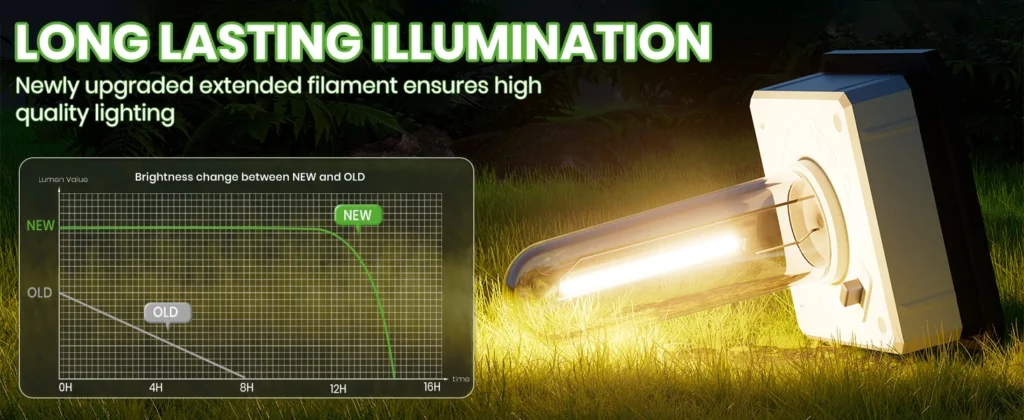
The Environmental Benefits of Solar LED Spot Lights
The primary appeal of solar powered LED spot lights lies in their eco-friendly lighting design. Unlike traditional lighting systems that rely on fossil fuel-based grid electricity, these lights use renewable energy from the sun, producing zero emissions during operation. This significantly reduces greenhouse gas emissions, aligning with global sustainability goals. For instance, replacing a single 60W incandescent spotlight with a solar LED spot light can save approximately 50-60 kWh annually, equivalent to reducing CO2 emissions by 20-30 kg per light, depending on the local energy mix.
Additionally, solar powered spot lights require no wiring, minimizing installation-related environmental disruption. Their off-grid lighting capability makes them ideal for remote areas, reducing the need for extensive electrical infrastructure. The use of LED technology further enhances their sustainability, as LED lights consume 70-80% less energy than incandescent or halogen bulbs and have a lifespan of 25,000-50,000 hours, reducing waste from frequent replacements.
How Solar LED Spot Lights Work
Solar powered LED spot lights operate through a simple yet efficient system. A solar panel, typically made of monocrystalline or polycrystalline photovoltaic cells, captures sunlight and converts it into electricity via the photovoltaic effect. This electricity charges a rechargeable battery, often lithium-ion or NiMH, which stores energy to power the LED lights at night. A light sensor or motion sensor automates operation, ensuring energy is used only when needed, further boosting energy-efficient lighting.
The solar panel efficiency, typically ranging from 15-22% for monocrystalline solar panels, determines how effectively sunlight is converted into usable energy. High-efficiency panels, paired with Maximum Power Point Tracking (MPPT) controllers, optimize energy harvest, making solar LED spot lights reliable even in low-light conditions. This self-contained system eliminates reliance on grid electricity, making it a cornerstone of sustainable outdoor lighting.
Technical Specifications of Solar LED Spot Lights
For those researching solar powered spot lights, understanding key specifications is crucial for informed purchasing decisions. Here are the primary technical details:
- Lumens: Solar LED spot lights typically deliver 100-1000 lumens, depending on the model. For example, a 200-lumen light is ideal for accentuating garden features, while a 600-1000 lumen light suits solar security lighting for driveways or building facades. Higher lumens provide brighter, more focused illumination, perfect for spotlighting.
- Battery Life: The rechargeable battery capacity, measured in milliampere-hours (mAh) or watt-hours (Wh), determines runtime. A typical 3.7V, 2200mAh lithium-ion battery can power a 3W LED light for 8-12 hours after a full charge. High-capacity batteries, common in solar flood lights, may last 2-3 nights without sunlight, ensuring reliability.
- Solar Panel Efficiency: Monocrystalline solar panels, with efficiencies of 18-22%, outperform polycrystalline panels (15-18%) in low-light conditions, making them ideal for solar powered spot lights in cloudy regions. A 5W panel can charge a battery in 4-6 hours of direct sunlight, while bifacial solar panels capture reflected light for added efficiency.
- Color Temperature: LED lights in solar spot lights typically range from 2700K (warm white) to 6000K (cool white). Warm white is ideal for aesthetic garden lighting, while cool white enhances visibility for solar security lighting.
- Durability: Most solar powered LED spot lights are rated IP65 or higher, ensuring resistance to water and dust. This durability makes them suitable for outdoor environments, from rainy climates to dusty regions.
Advantages of Solar LED Spot Lights
Beyond their environmental benefits, solar powered spot lights offer practical advantages:
- Cost Savings: By eliminating electricity bills, solar LED spot lights reduce long-term costs. A single 5W solar spot light can save $10-20 annually compared to a grid-powered equivalent, depending on local electricity rates.
- Easy Installation: With no wiring required, solar powered lamps can be installed in minutes, making them ideal for solar garden lights or solar pathway lights. Adjustable mounts allow precise positioning to highlight features like trees or statues.
- Versatility: Solar LED spot lights are available in various designs, from compact solar garden lights to powerful solar flood lights, catering to diverse applications like landscape lighting, security, or architectural illumination.
- Low Maintenance: The long lifespan of LED lights and durable solar panels minimizes maintenance. Periodic cleaning of solar panels to remove dust or debris ensures optimal solar panel efficiency.
Performance in Various Conditions
Cloudy and Overcast Days
While direct sunlight maximizes solar panel efficiency, solar powered LED spot lights can charge using diffuse light on cloudy days, albeit at 10-30% of optimal output. Monocrystalline solar panels and MPPT controllers enhance performance, ensuring solar lights remain functional in overcast conditions. Phenomena like cloud lensing can occasionally boost charging by amplifying scattered sunlight.
Rain and Snow
Light rain allows solar panels to charge via diffuse light, and rainfall naturally cleans panels, improving solar panel efficiency. Snow-packed panels may require manual clearing, but angled designs help shed snow, and cold temperatures enhance photovoltaic cell performance, benefiting solar powered spot lights in winter.
Shaded Areas
Shade from trees or buildings reduces solar exposure, but bifacial solar panels and microinverters mitigate this by capturing reflected light and optimizing cell output. Positioning solar LED spot lights in less shaded areas maximizes solar radiation capture.
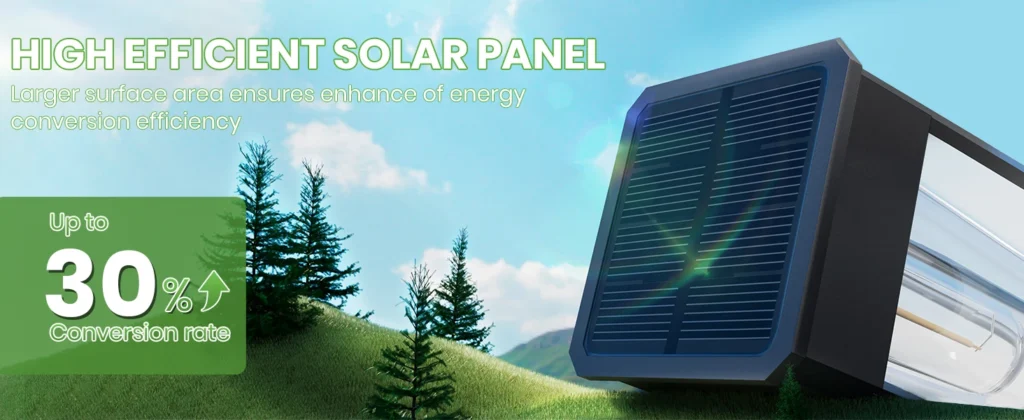
Strategies to Optimize Solar LED Spot Lights
To ensure solar powered LED spot lights perform optimally, consider these strategies:
- Strategic Placement: Position solar panels in unshaded, south-facing locations (in the Northern Hemisphere) to maximize solar exposure. Tilt panels to match local latitude for optimal sunlight capture.
- High-Efficiency Components: Choose monocrystalline solar panels for superior solar panel efficiency and LED lights with high lumens per watt (100-150 lm/W) to maximize brightness and energy efficiency.
- Battery Management: Use a rechargeable battery with sufficient capacity (e.g., 3000mAh or higher) to power solar spot lights through multiple nights or cloudy days. Regularly check battery health to prevent degradation.
- Advanced Technology: Incorporate MPPT controllers or smart inverters to optimize energy harvest, especially in low-light conditions. Bifacial solar panels can increase efficiency by capturing reflected light.
- Regular Maintenance: Clean solar panels periodically to remove dust, dirt, or snow, ensuring maximum solar radiation absorption. Rainfall often helps, but manual cleaning may be needed in dry climates.
- Motion Sensors: Use motion sensors to reduce energy consumption, extending battery life for solar security lighting applications.
Addressing Common Questions
A common concern is whether solar powered LED spot lights are effective in low-sunlight regions. While direct sunlight is ideal, diffuse light and advanced technologies like monocrystalline solar panels ensure functionality in cloudy or shaded areas. Another question is whether solar spot lights are bright enough for security purposes. High-lumen models (600-1000 lumens) provide ample illumination, rivaling grid-powered alternatives.
The Future of Solar LED Lighting
The field of solar lighting technology is rapidly advancing. Perovskite solar cells promise higher solar panel efficiency, potentially reaching 25-30%, while improved battery storage systems extend operational life. Smart technologies, such as MPPT controllers and IoT-enabled solar powered lights, allow real-time monitoring and optimization, enhancing reliability. These innovations will make solar LED spot lights even more efficient and accessible, supporting the global transition to renewable energy.
Conclusion
Solar powered LED spot lights offer an eco-friendly lighting solution that combines sustainability with high performance. Their ability to harness solar energy, coupled with the efficiency of LED technology, reduces energy costs and environmental impact. With lumens ranging from 100-1000, robust rechargeable batteries, and monocrystalline solar panels boasting 18-22% efficiency, these lights provide reliable illumination for various applications. By optimizing placement, leveraging advanced technologies, and maintaining components, users can maximize the benefits of solar powered spot lights. As sustainable outdoor lighting solutions, they pave the way for a greener, more energy-efficient future.


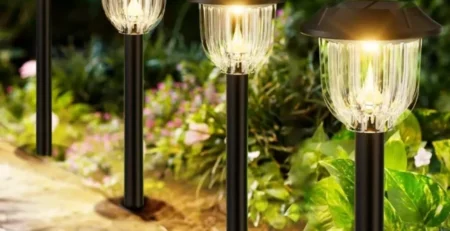

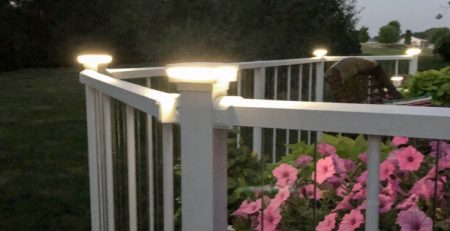

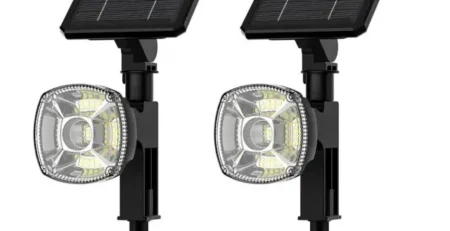
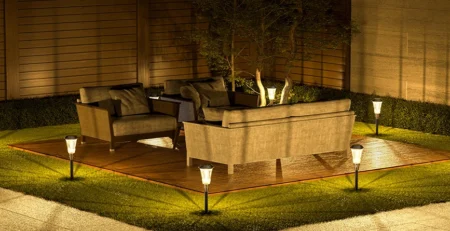

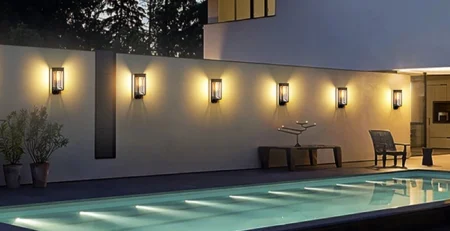

Leave a Reply